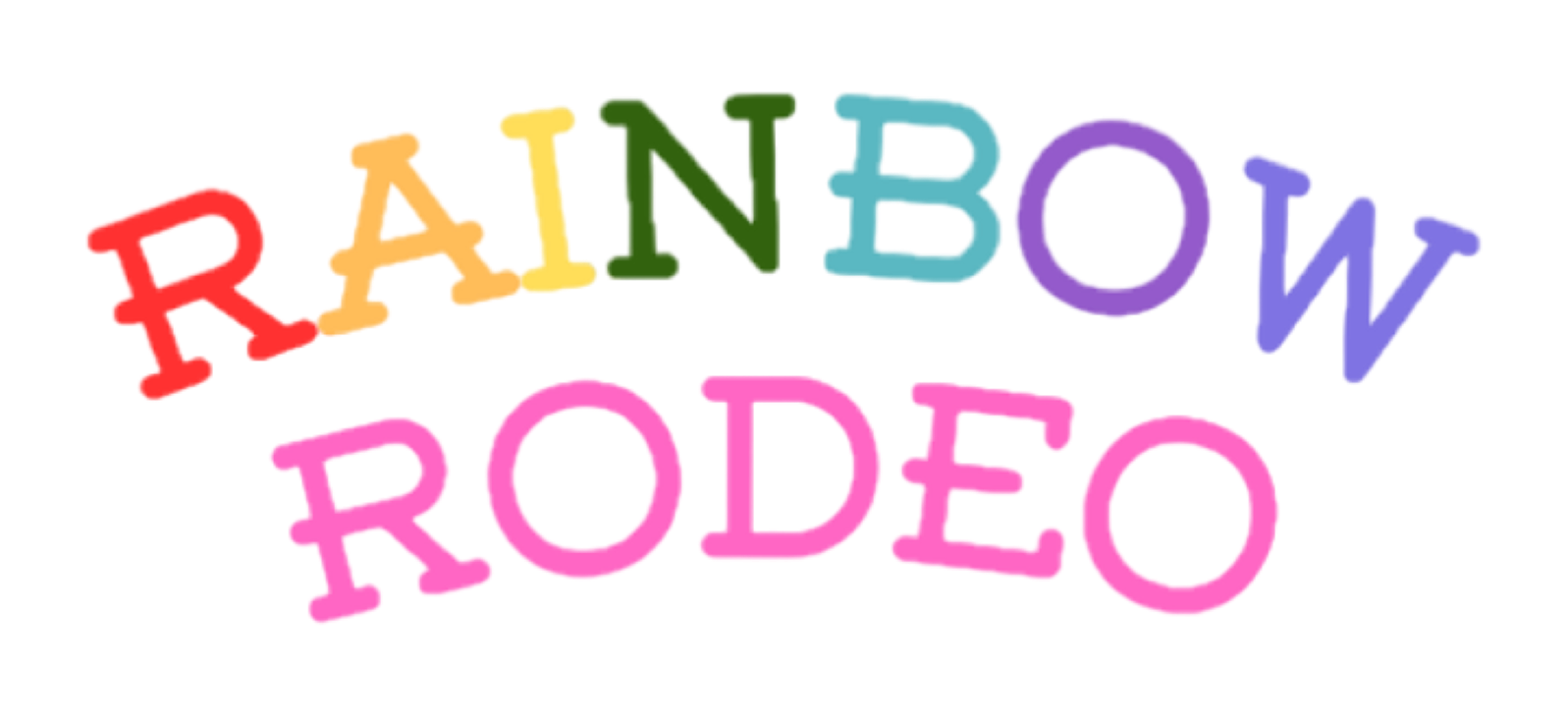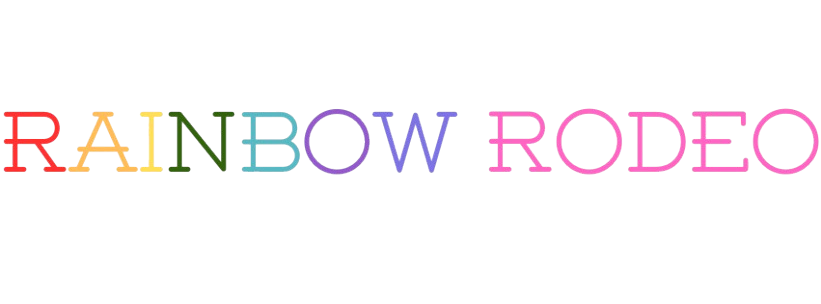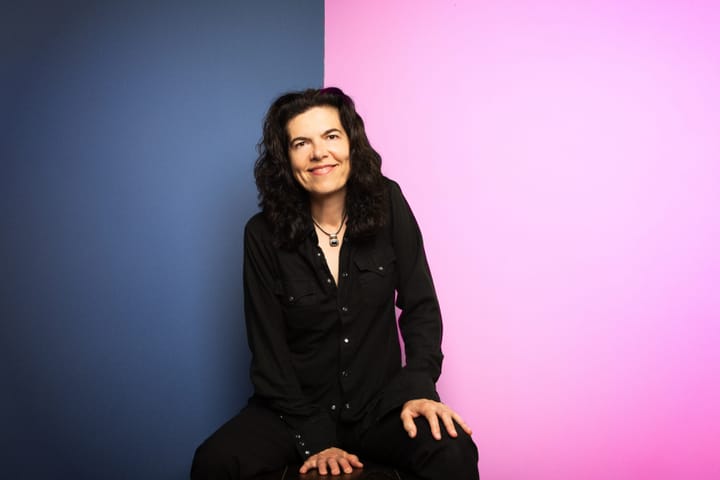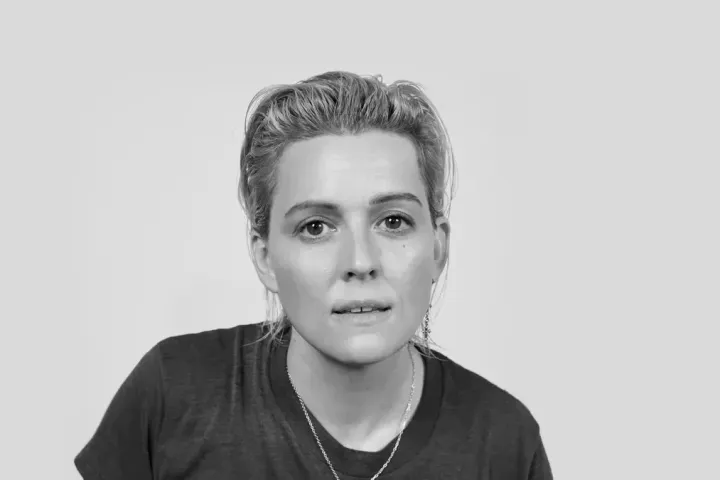Chris Housman Spins Universal Narrative on Blueneck
Our China correspondent Jiegang digs into the narrative on Chris Housman's Blueneck -- and how that makes her feel.

I reviewed Blueneck when it came out last summer, but our China correspondent Jiegang was so moved by the album that she took a crack at it herself. Learn more about Jiegang in issue 2 of the Rainbow Rodeo zine! – Rachel
Label who you are in one word, and then explain how you are in one record. That’s exactly what Chris Housman has done in his debut album Blueneck, and it’s also the reason why Blueneck has succeeded.
The album contains 13 tracks, which, in my view, include an intro, an outro, and two chapters. "High Hopes" is obviously a dance song with strong rhythms and grooves, and my favorite part of this song is the funk-style guitar sweep. As the opening track, "High Hopes" sets a positive, optimistic, and pleasant tone for the whole album.
Chapter One begins with "Laid Back," a traditional chill country song depicting vacations with friends at the beach. Nothing special, right? Then, boom—here’s the surprise: "Blueneck!" After a two-track buildup, Chris Housman’s ambition is finally revealed. It’s not conservative heterosexual country music like most, not at all—this is queer country! Standing up for queer and colored people while born and living in the vast farmlands of a red state, Chris identifies himself as blueneck. What an intelligent word, as a resounding personal statement! Simple, direct, and to the point. And what kind of music fits a word like that? Chris’s answer is catchy hooks and trap beats. No wonder "Blueneck" went viral on TikTok; its lyrics and melody are catchy and impressive enough to grab attention in just 30 seconds.
The queer bomber keeps going. The next three tracks are "Long Story Long," "Guilty As Sin," and "Drag Queen." "Guilty As Sin" is a song about denial and acceptance. The message of this song can be easily linked to Bible Belt, a track in Chapter Two, since "sin" is often judged by religion. The lyrics “And I hate that it took so long to get over what it did to me” from Bible Belt can be intertextualized with the journey from denial to acceptance described in Guilty As Sin. Drag Queen is a hymn to drag queens. The lyric “More funny than most” applies not only to the drag queen but also to the lyrics themselves, as it’s an apt self-comment. Chris shows his witty humor with many punny lyrics, just like the drag queen he praises. "Long Story Long" is the only song in Chapter One without queer tendencies. Frankly speaking, it feels a bit out of place in the chapter. Swapping "Long Story Long" and "Bible Belt" might make the two chapters more cohesive. But what if Chris just wanted to add some variety to these chapters?
If Chapter One is about queerness, saying “I’m different from most country people,” then Chapter Two is about commonality, saying “I’m the same as most country people.”
Chapter Two starts with Tomorrow, Tonight, which has a similar vibe to Laid Back in Chapter One—a typical relaxing country tune. Then comes "Nobody," which contrasts with three songs. Like a universal version of "Guilty As Sin," "Nobody" is a love song in triple time, saying how important someone is. Together with the next track, "The Dog," these two songs show two sides of a breakup—either you can’t get over it, or you don’t miss it at all. I was really amused when I first listened to "The Dog." I was impressed by the narrative tricks in the lyrics.
With "Can’t Go Down That Road," these two songs share the same theme—the heartbreak of losing someone. Then we go to "Bible Belt," the most acoustic song on the album, at least for my personal listening experience. The acoustic sound is a great reflection of rural life and uncivilized people in the music. "Life Behind Bars," the last track of Chapter Two, shows us the multiple functions of the bar in Chris’s life: a place to entertain (already shown in Long Story Long), to write songs, to perform, and to work. A little bitterness, self-deprecation, but still with hope. This is an incredibly sincere song. In this track, Chris tells a story of the struggle between dreams and reality, a narrative that will resonate deeply with many dreamers. The hardships of life, the unwavering obsession with dreams, and the unwillingness to give up—all of these emotions are woven into this song.
The outro, "Why Can’t I Just Stay," is a very intimate song. I really like the raw texture of the worktape—heavy reverb, rough but touching. It felt like we, the listeners, were invited into this private moment to empathize with Chris. The whistling is the finishing touch, adding a bit of spontaneity. The song ends, and so does the album, with a voicemail from Chris’s ex-boyfriend, making the song more real and leaving a lasting thought.
Queerness and commonality are the defining themes of Blueneck, representing both sides of Chris—or even of all of us queers—highlighting the unique identities we hold and the shared emotions and experiences we carry. The former answers the question, “Who am I?” while the latter explores, “How do we connect?” The joyful moments in life, the heartache and hesitation after a breakup, and the struggles of chasing a dream—these are universal experiences. And it is through these shared experiences that we find connection and understanding. After all, ya’ll means all, and we are all human.
Chris Housman – Official, Facebook, Instagram, Twitter, TikTok, Spotify




